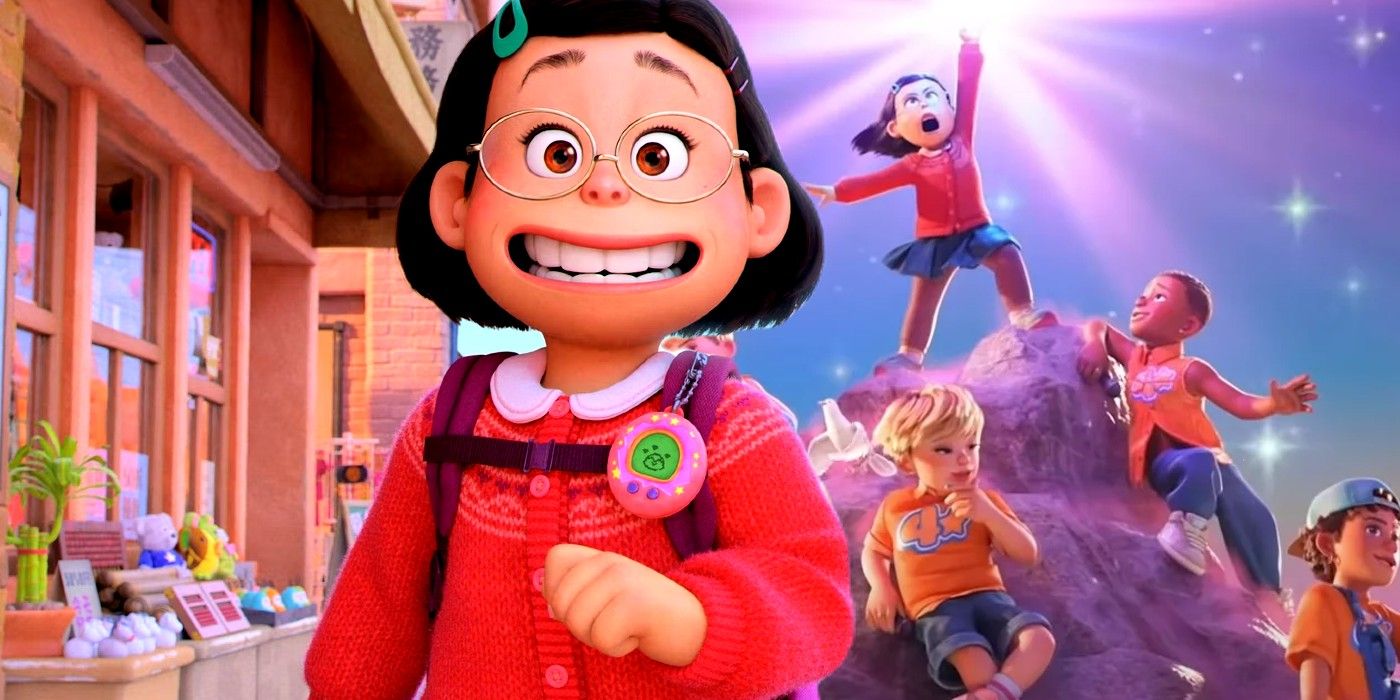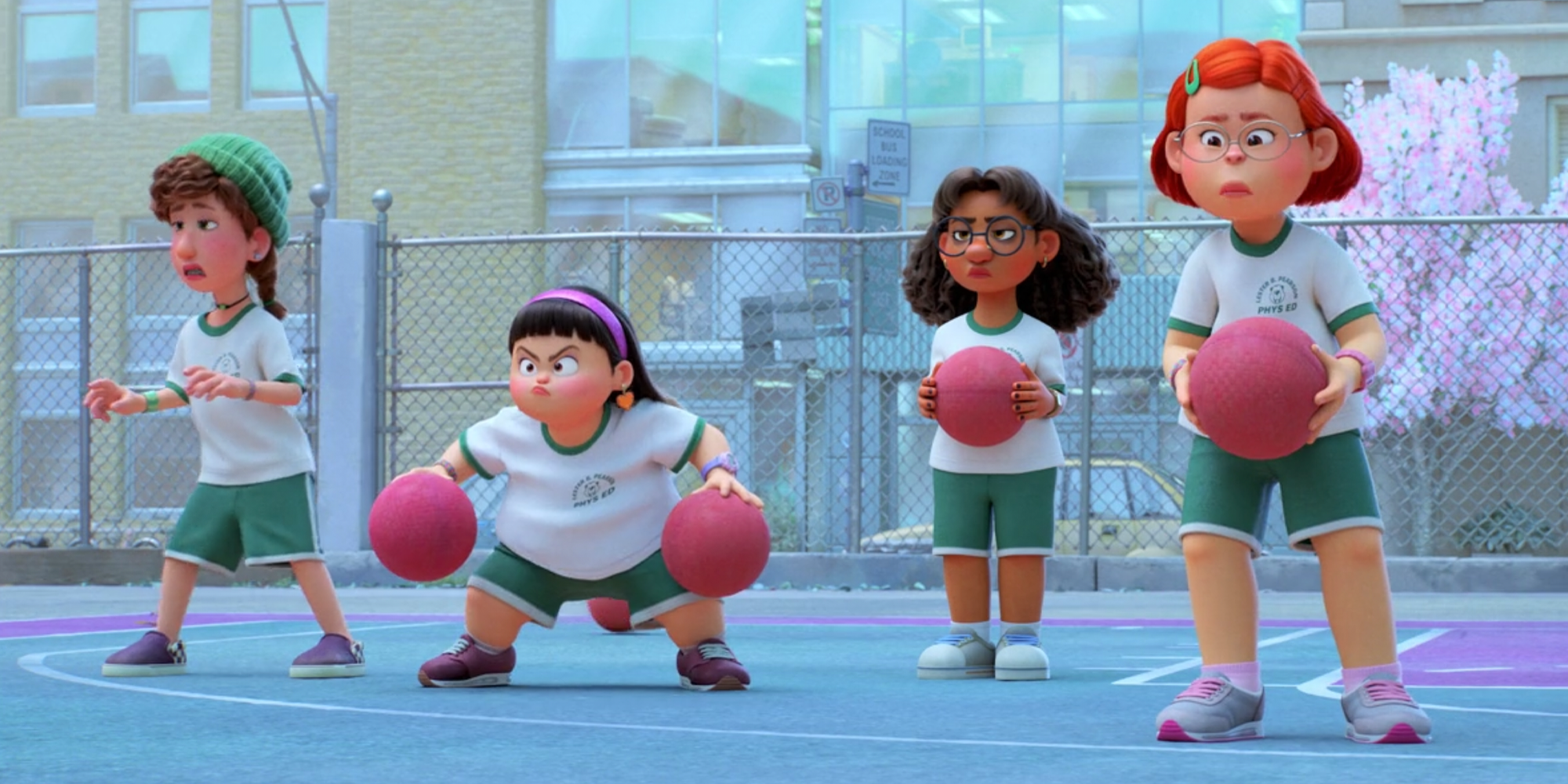Warning: This article contains SPOILERS for Turning Red
Pixar’s latest movie, Turning Red, is set specifically in the year 2002, and that decision was made very intentionally for current fans of Disney’s popular animated movies. The movie follows Meilin Lee (Rosalie Chiang) as she navigates adolescent life and the challenging though often hilarious emotions that come with the territory. Setting Turning Red in the early 2000s was an excellent choice for a coming-of-age story for a fanbase that can relate all too well to Mei’s situation.
While some Pixar movies and shows are set in particular time periods, seldom does that choice so greatly affect the aesthetic of the work as it has for Turning Red. Whether it’s a carefully placed Tamagotchi or the inclusion of a boy band, the movie feels deeply rooted in 2002, even though it really could take place at any time. The story deals with the coming-of-age process, and that’s a timeless topic.
Turning Red’s director, Domee Shi, has cited her own childhood during the 1990s and 2000s as an influence for setting the movie in 2002 in a wide-ranging interview with Fandom. Shi, along with millions of other millennials, grew up with the Pixar films and many are now ready to share those same films with their own kids. Turning Red’s setting provides a sense of nostalgia for millennials, while also touching on an important topic that the next generation can relate to.
Included in Turning Red are details large and small that transport the viewer back to the early 2000s. With its Canadian setting, focusing on a Chinese family, with clear influences from anime to guide its way, the movie sounds like it could be very niche, but it is actually this specificity that makes it relatable to those that were Mei’s age regardless of if they were into the same things she was or not. While some viewers have openly criticized Turning Red for its subject material, the movie has struck a chord with much more than just young women and for good reason; seeing 2002 through today’s lens is fun for anyone that remembers that year.
The movie also takes on the relationship between mother and daughter, a kind of relationship many millennials now know both sides of. Pixar has addressed a plethora of challenging topics over the years with a focus on interpersonal relationships and how to navigate them. Shi has created this movie in such a way that will surely garner a following from those that can relate the most closely with Mei and her upbringing, but it goes beyond that. Turning Red is located in Toronto, which in and of itself is a great decision by Shi and her creative team as they aim to reach a population often forgotten about, but the year 2002 is what broadens the relatability, ensuring that the movie isn’t so niche that it pigeon-holes itself.
Turning Red not only tackled puberty head-on and unapologetically at that, but also set it during a time that resonated with fans and their own coming-of-age story. The movie is specific, yet addresses a topic that is all too familiar, even if Mei’s particular situation isn’t all that relatable. Millennial viewers will have a hard time not cracking a smile when they see that Tamagotchi dangling from Mei’s backpack or the boy band 4*Town poking fun at the real-life groups they were inspired by.


